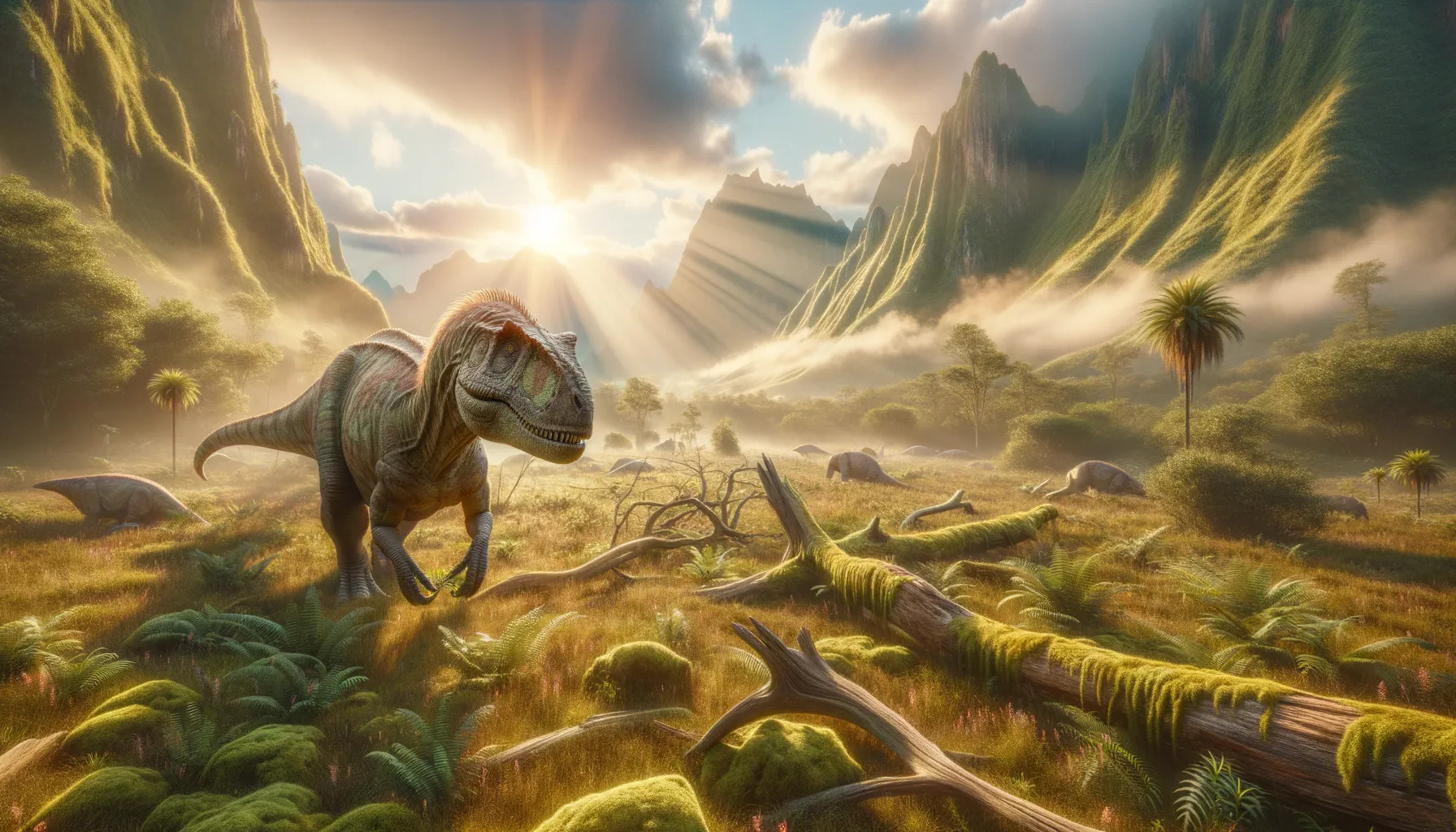
Lophorhothon
Triumph of the herbivorous giants!
Period
Cretaceous
Length
Around 6 to 8 meters in length.
Height
Approximately 2 to 3 meters tall.
Weight
Roughly 700 to 900 kilograms.
Lophorhothon was a herbivorous dinosaur from the Late Cretaceous period. This species roamed what is now the southeastern United States and is considered an early hadrosaur, belonging to a group of dinosaurs known for their specialized chewing mechanisms. Lophorhothon remains a fascinating subject of study for its evolutionary significance and the insights it offers into hadrosaurid development.
Diet
Lophorhothon was a herbivore, feeding primarily on plants. Its jaws were adapted to chew tough vegetation, providing it with the necessary energy to thrive in its environment.
Hunting
As a herbivore, Lophorhothon did not engage in hunting. Instead, it foraged for plants and other vegetation using its specialized teeth to process its food efficiently.
Environmental challenges
Lophorhothon lived in a world that was constantly changing, with shifting climates and sea levels. It had to adapt to these changes, finding new food sources as landscapes transformed. Predator avoidance was also a challenge, necessitating keen senses and possibly group living for added protection.
Speed
Moderate, similar to a modern human.
Lifespan
Estimated to be several decades.
First discovery
Discovered in Alabama in 1946.
Fun Facts
- Lophorhothon was a dinosaur that lived about 80 million years ago during the Late Cretaceous period.
- Its name means 'crested nose,' referring to the distinct crest on its snout.
- Lophorhothon was a hadrosaur, commonly known as a duck-billed dinosaur.
- This dinosaur was primarily herbivorous, likely feeding on plants and low-lying vegetation.
- Fossil remains of Lophorhothon have been found in the southeastern United States, particularly in Alabama.
- The discovery of Lophorhothon has helped scientists understand more about the diversity of dinosaurs in North America during the Cretaceous period.
- Lophorhothon's size estimates suggest it was a medium-sized dinosaur, growing up to around 20 feet long.
Growth and Development
From a young age, Lophorhothon likely grew rapidly to avoid predation. As it matured, it developed the typical hadrosaur body structure, with strong limbs and a long tail. This growth required a consistent food supply, which it found in its lush habitat.
Habitat
Lophorhothon thrived in floodplain environments where water and vegetation were abundant. These areas provided both sustenance and protection from predators. Seasonal changes would have influenced plant availability, necessitating migrations or adaptations in diet.
Interaction with other species
It shared its environment with various other dinosaur species, including predators. Competitive interactions for food resources with other herbivores could have occurred. Cooperation with other Lophorhothons may have included social behaviors such as travel and feeding, enhancing survival.
Natural lifespan
Lophorhothon is believed to have lived up to 30 years.
Reproduction
Like other dinosaurs, it is presumed that Lophorhothon reproduced by laying eggs. Their nests would have been strategically placed to protect from environmental threats and predators. Parental care after hatching is a subject of speculation but likely minimum to none.
Social behaviour
Evidence suggests that Lophorhothon could have lived in small groups or herds. These social groups might have provided protection against predators. Communication amongst them was likely important for maintaining group structure and alerting to threats.
Fossil locations
Fossils of Lophorhothon have been primarily discovered in Alabama. These findings have aided scientists in understanding the evolution and distribution of hadrosaurids. The fossil records suggest it was one of the earlier known hadrosaurs in North America.
